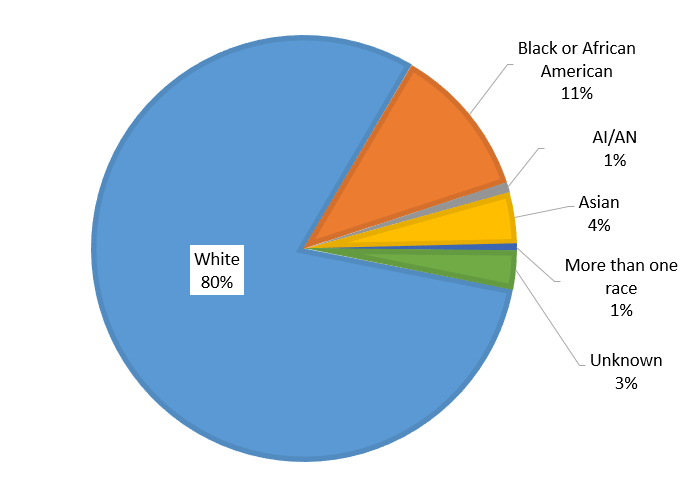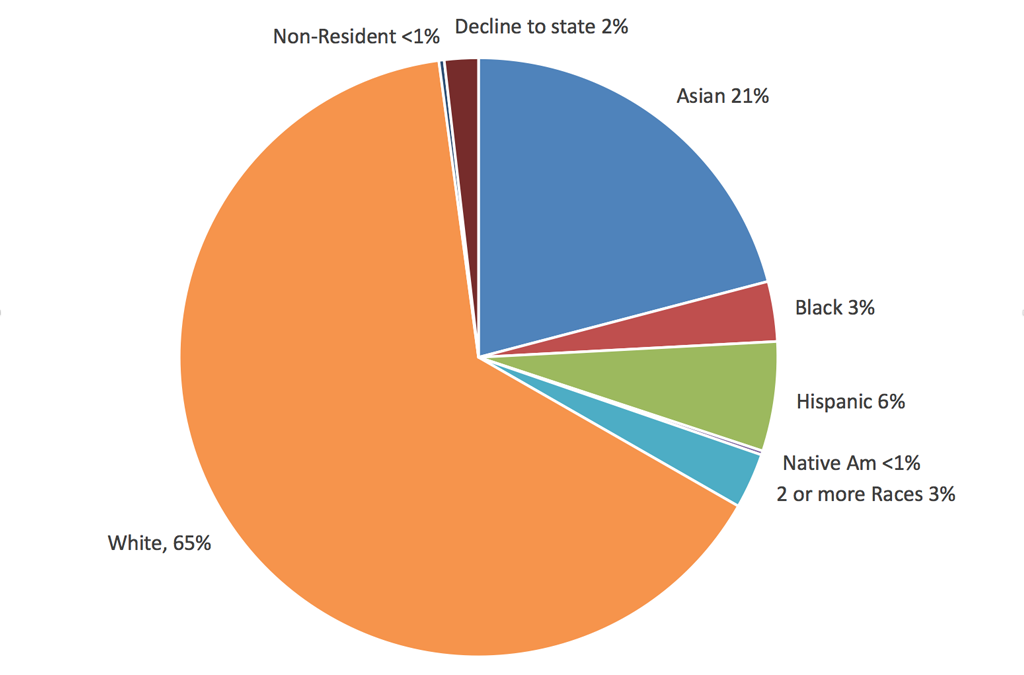


Small countries with a high population density increase in size in this cartogram relative to the world maps we are used to – look at Bangladesh, Taiwan, or the Netherlands. by Age, Sex, Race, and Hispanic Origin. It’s shown for the year 2018.Īs the population size rather than the territory is shown in this map, you can see some significant differences when you compare it to the standard geographical map we’re most familiar with. Consequently, the United States would see its population rise more slowly. This is shown here as a population cartogram: a geographical presentation of the world where the size of countries is not drawn according to the distribution of land but by the distribution of people. One way to understand the distribution of people worldwide is to redraw the world map – not based on the area but according to population. That means they don’t always give us an accurate picture of how global living standards are changing. Geographical maps show us where the world’s landmasses are not where people are. To more sustainably address the needs of individuals, policymakers must understand how many people are living on the planet, where they are, how old they are, and how many people will come after them.Population cartograms show us where the world’s people are They also affect efforts to ensure universal access to health care, education, housing, sanitation, water, food and energy. They affect economic development, employment, income distribution, poverty and social protections. These megatrends have far-reaching implications. 2007 was the first year in which more people lived in urban areas than in rural areas, and by 2050 about 66 per cent of the world population will be living in cities.

In addition, the world is seeing high levels of urbanization and accelerating migration. Meanwhile, average global lifespans have risen, from 64.6 years in the early 1990s to 72.6 years in 2019. In the early 1970s, women had on average 4.5 children each by 2015, total fertility for the world had fallen to below 2.5 children per woman. The recent past has seen enormous changes in fertility rates and life expectancy. These trends will have far-reaching implications for generations to come. This dramatic growth has been driven largely by increasing numbers of people surviving to reproductive age, and has been accompanied by major changes in fertility rates, increasing urbanization and accelerating migration. In 2011, the global population reached the 7 billion mark, it stands at almost 7.9 billion in 2021, and it's expected to grow to around 8.5 billion in 2030, 9.7 billion in 2050, and 10.9 billion in 2100.
US CENSUS RACE PERCENTAGE FREE
It took hundreds of thousands of years for the world population to grow to 1 billion – then in just another 200 years or so, it grew sevenfold. Read Edit View history Tools From Wikipedia, the free encyclopedia This is a list of the 50 U.S. UNFPA brings its data, experience and stories to support women and girls around the world, and World Population Day gives us an opportunity to highlight the need to advance gender equality to help realize the dreams of all 8 billion of us on our planet. When women and girls are empowered by societies to exert autonomy over their lives and bodies, they and their families thrive, as the UNFPA 2023 State of World Population report illustrates. The creativity, ingenuity, resources and power of women and girls are fundamental to addressing demographic and other challenges that threaten our future, including climate change and conflict. In the United States, the Hispanic and Latino population has reached 58 million in 2016. We must advance gender equality to create a more just, resilient and sustainable world.

This pervasive injustice keeps women and girls out of school, the workforce and leadership positions limits their agency and ability to make decisions about their health and sexual and reproductive lives and heightens their vulnerability to violence, harmful practices and preventable maternal death, with a woman dying every two minutes due to pregnancy or childbirth. They make up 49.7% of the global population, yet women and girls are often ignored in discussions on demographics, with their rights violated in population policies. 2023 Theme: Unleashing the power of gender equality: Uplifting the voices of women and girls to unlock our world’s infinite possibilities


 0 kommentar(er)
0 kommentar(er)
